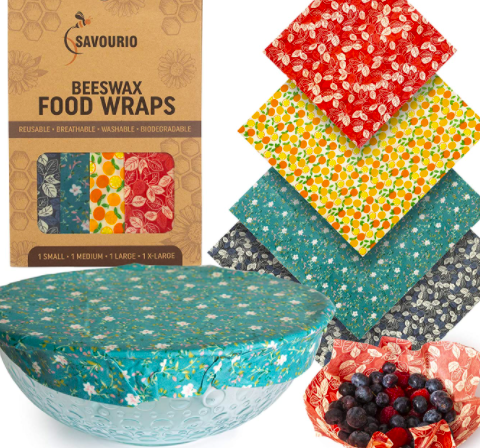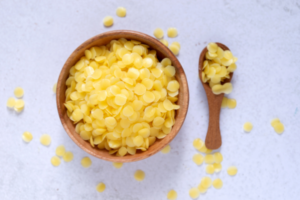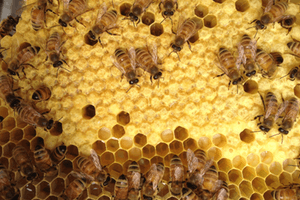- All-In-One Beekeeping for the Bees
- +1-608-728-8233
- info@beepods.com
Did You Know This Came From Beeswax?

At Beepods, we are always looking for ways to be more sustainable and save the bees – that is, of course, a huge reason why we do what we do. We have been in this business for a long time, and we are happy to say that in the past few years we have noticed a huge increase in sustainable products.
There is everything from reusable grocery bags, reusable floss, wooden toothbrushes, and even food wraps made out of beeswax! Did you know this all existed? Some people may be unfamiliar with these sustainable alternatives for their everyday products, so we wanted to show you what is out there and why you should swap them into your routines!
What Are Beeswax Wraps?
You know how annoying plastic wrap that always sticks together and never seems to rip properly? Some call it cling wrap, some call it Saran wrap – whatever you call it, I think we can all agree that it can be a nuisance. But, instead of cling wrap… you can use beeswax!
Toni Desrosiers, a holistic nutritionist who wanted to create a more sustainable environment, created the first ever beeswax wrap in 2008. It was not widely known or successful right away, but today it is a widely used product that you can buy at many grocery stores and online. Toni’s intention of creating this beeswax wrap was to create a product that not only helped the environment, but also kept your food fresh for longer. The whole idea behind these beeswax wraps was to mimic how nature would wrap food – what a brilliant idea, right? She wanted each ingredient of these wraps to be made from a natural state – no more plastic!
So what are they actually made from? It is quite simple; it is cotton fabric coated in beeswax, jojoba oil or coconut oil, and natural tree resin. This wrap forms a graspable, tacky wrap that is used as a formable lid to cover containers and food products. These wraps are a much more sustainable, eco-friendly alternative compared to single-use plastic wrap or tin foil. Beeswax also contains antibacterial and anti-fungal properties, so they are extra sanitary!
Why Use Beeswax Wraps?
In addition to the fact that these beeswax wraps are relatively inexpensive and come in a variety of colors and patterns, using them is one of the easiest ways to reduce plastic in your home. When it comes to our kitchen cleaning habits, let’s be honest – we’ve all made mistakes. We use too many paper towels, run the dishwasher when it isn’t full, throw out food, you name it. The U.S. alone wastes an estimated $160 billion worth of food every single year.
When it comes to throwing out food, most of us try our best to not waste the food we buy at the grocery store. We have all the intentions of cooking it, but sometimes it is inevitable that your fresh produce will spoil. Using beeswax wraps can keep that produce fresh longer, and the best part is you don’t have to worry about throwing it out after you use it. Unlike cling wrap, beeswax wraps can last up to 18 months before needing to be replaced. And even when they can no longer be used to cover food, they are biodegradable and compostable. These wraps really are a game-changer if you are looking for a more sustainable kitchen product.
Can I Make Them Myself?
Lucky for you, if you are a beekeeper, you already have one of these key ingredients to make your own beeswax wraps! Like we mentioned above, these wraps are made out of all natural ingredients that are edible and approved by the FDA for food contact. The ingredients to create them shouldn’t be too hard to come by. If you are thinking of making these at home, here is a recipe to make it easier!
It doesn’t stop there! If you are serious about implementing sustainable products into your household, there are so many other ways out there to use beeswax. You can make candles with beeswax, polish your furniture with it, use it as deodorant… the possibilities are endless!
Beeswax wraps are a great alternative to single-use plastic products. We use so much plastic and other man-made materials that are damaging to our environment, so it is important to consider how organic materials can lead us to a more sustainable future. There are many household items you can replace with organic alternatives like beeswax wraps or cotton face towels. If you have any other ideas on how to use beeswax, let us know! We hope you try these life-changing products out!
Elizabeth Allon
Latest posts by Elizabeth Allon (see all)
- Short But Mighty: The Stages of Life - January 26, 2022
- Honey Bees Vs. Highways - January 19, 2022
- 4 Ways to Save The Bees in 2022 - January 12, 2022



